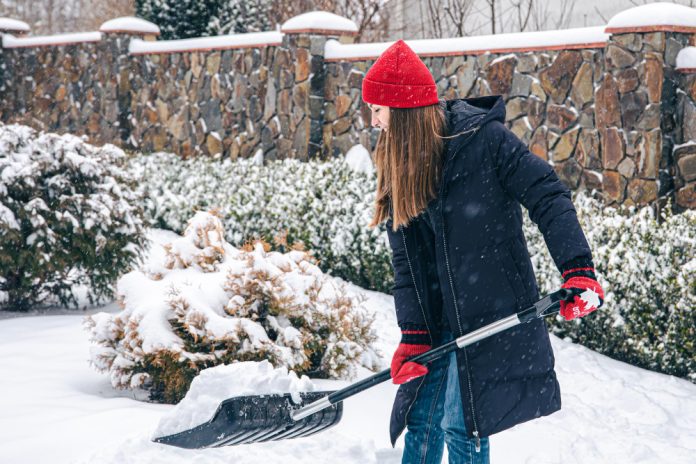As winter blankets the landscape in a beautiful layer of snow and ice, those with artificial grass lawns face a unique set of challenges.
While artificial grass is renowned for its low maintenance, winter conditions can pose a threat to its longevity and aesthetic appeal.
In this comprehensive guide, the team at Luux Landscapes will explore practical tips and tricks on how to protect artificial grass in Essex when the snow and ice hits, ensuring that your outdoor haven remains vibrant and resilient even during the coldest months.
Understanding the Challenges:
Artificial grass boasts durability and year-round greenery, but when confronted with snow and ice, it requires a bit of TLC. The challenges associated with winter conditions include:
1. Snow Accumulation:
Excessive snow can weigh down artificial grass fibres, leading to matting and an uneven appearance. Additionally, prolonged snow cover can create a breeding ground for mould and mildew.
2. Ice Formation:
The formation of ice on artificial grass is not only visually unappealing but also potentially damaging. Ice can lead to stiffness in the grass fibres, affecting their flexibility and overall resilience.
3. De-icing Agents:
The use of de-icing agents on nearby walkways or driveways can inadvertently come into contact with artificial grass. Some chemicals in these agents may have adverse effects on the grass fibres, causing discoloration or damage.
Protective Measures for Artificial Grass in Winter:
1. Regular Snow Removal:
One of the primary concerns during winter is the accumulation of snow on artificial grass.
Regularly removing snow with a soft-bristled broom prevents undue stress on the grass fibres.
Be gentle to avoid damaging the grass and ensure that you remove the snow promptly after each snowfall.
2. Gentle Ice Removal:
Ice formation on artificial grass can be gently addressed using a plastic shovel or a broom with soft bristles. Avoid using metal tools, as they can damage the grass fibres.
Applying a thin layer of sand on icy patches can provide traction without causing harm to the artificial grass.
3. Invest in a Leaf Blower:
A leaf blower is an excellent tool for clearing light snow from artificial grass. Its gentle airflow helps remove snow without any risk of damage. Additionally, using a leaf blower minimises the physical strain of manual snow removal.
4. Brushing to Restore Upright Position:
Artificial grass fibres can become matted under the weight of snow.
Once the snow is cleared, use a stiff brush to gently lift and restore the upright position of the grass fibres. This not only enhances the aesthetic appeal but also allows for better drainage.
5. Avoid Harsh De-icing Agents:
When using de-icing agents on nearby surfaces, be cautious about overspray onto the artificial grass. Choose de-icing agents that are safe for synthetic turf or consider alternatives such as sand, cat litter, or eco-friendly ice melt products.
6. Apply Sand for Traction:
To prevent slipping on icy surfaces, applying a thin layer of sand is an effective and non-damaging solution. This not only provides traction but also helps absorb sunlight, contributing to the melting of ice.
7. Protect Edges and Borders:
Pay special attention to the edges and borders of your artificial grass lawn. Accumulated snow and ice in these areas can lead to compacted borders or displacement.
Use care when removing snow from these vulnerable spots.
8. Consider Temporary Covers:
For areas prone to heavy foot traffic or potential damage during winter, consider using temporary covers like rubber mats or plywood. These covers can distribute weight more evenly and protect the artificial grass underneath.
9. Proactive Grooming and Maintenance:
Regular grooming and maintenance throughout the year contribute to the overall resilience of artificial grass. This includes brushing, clearing debris, and addressing any issues promptly. A well-maintained lawn is better equipped to withstand the challenges of winter.





























